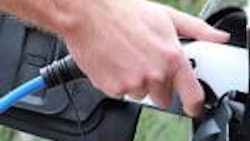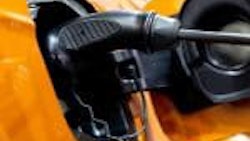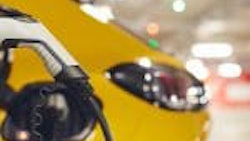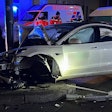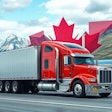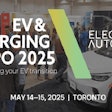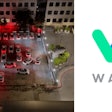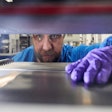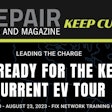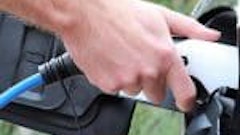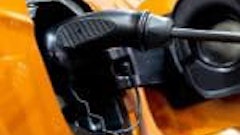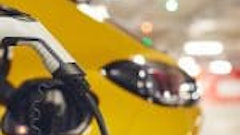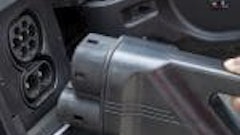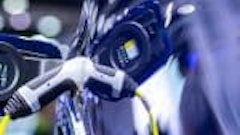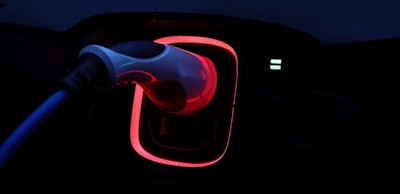
Toronto, Ontario — Ford withdraws an NHTSA petition to develop fully autonomous vehicles, Tesla showcases its vehicle crash structure design, and a self-driving startup begins testing its trucks at border checkpoints in the United States. This is the latest in electric and autonomous vehicles.
Legacy Withdrawal
On March 30, Ford announced that it has cancelled its request with the National Highway Traffic Safety Administration (NHTSA) to develop Level 4 autonomous driving systems.
This concludes a program to develop and deploy up to 2,500 self-driving vehicles annually, a process which required U.S. regulatory approval.
Ford says it will be focusing on other technologies that “do not require an exemption.”
Crash Curriculum
Tesla has launched a series of explainers into vehicles technologies on the OEM’s YouTube channel, with the debut upload featuring Tesla’s vice president of vehicle engineering, Lars Moravy giving a walkthrough of the crash absorption components in its lineup of vehicles.
Using a stripped down Tesla vehicle, Moravy explained how Tesla uses two bumper beams on its front-end; one upper bumper beam to meet the load path of comparably-sized vehicles, and a lower, slightly wider bumper beam to protect against striking objects below or outside the reach of the main beam.
Besides protective components, Moravy highlights the lower centre of gravity in Tesla vehicles reduces the chance of rollovers, thanks to its heavy battery.
Feature Complete
Aurora Innovation Inc., a self-driving startup has declared its autonomous trucking systems ready for commercial service, according to an article by Miami Cars posted on Wednesday.
The company plans to launch a self-driving truck business by the end of 2024, focusing on internal border crossings within the United States.
More than 200 checkpoint crossings have been made by Aurora, completing deliveries for companies like FedEx, Uber Freight and Werner.



